Every time I review a new racing game, I compare it to Race Driver: GRID in my head. And you know what? Nothing ever beats it. Not ever.
That includes its own sequels and even its 2019 reboot. And I’m aware of what nostalgia goggles can do. No, I’m saying that objectively the quality of its production is almost always higher than modern racers. And with GRID Legends doing practice starts in the pits, EA and Codemasters would do well to remember what made this original game one of the all-time greats.
Take cover, there’s a shed load of GRID-shaped ammunition here and I’m ready to start lobbing.
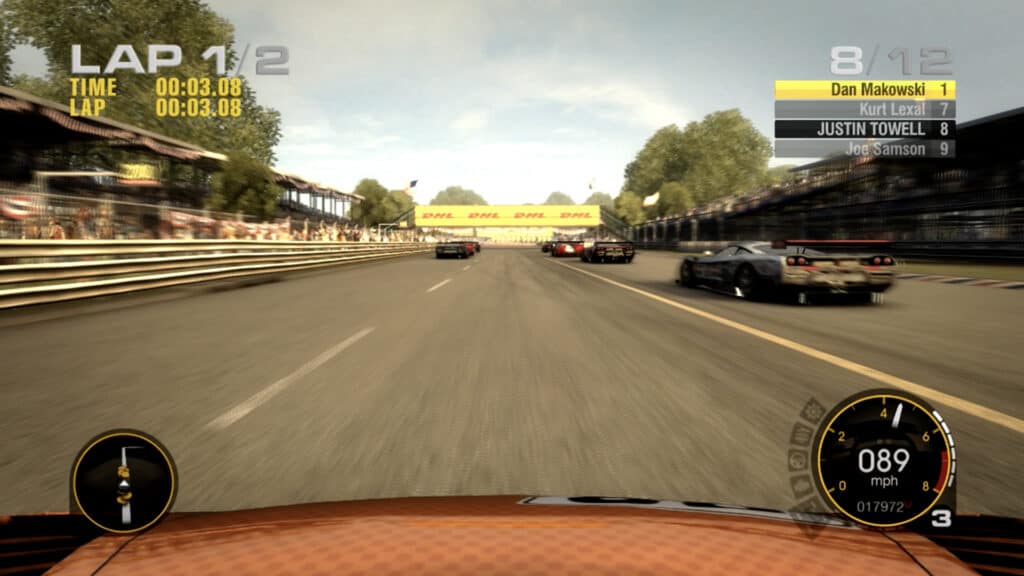
Most importantly, the game moves like its ass is on fire. You hurtle around corners and careen over the San Francisco hills with such a teeth-loosening clatter, you really feel like you’re clinging on for dear life.
Most readers of this site likely know and love the thrill of go-karting, so imagine that feeling, only in a deluxe supercar that gets airborne too. As a result, events in Race Driver: GRID are exciting, cherry-picking the best bits of its TOCA Race Driver predecessors while turning up the volume to 11, Spinal Tap style. Even the replay angles look more exciting than most other games.
All of this is dressed up in visuals that feel like playable concept art. All through the late 1990s, racing games had CG scenes with a slick, hazy look to them, such as Ridge Racer: Type 4’s intro or the story scenes in TOCA Race Driver 2. No racing game has ever captured that visual awesomeness in real-time gameplay… with the exception of Race Driver: GRID.
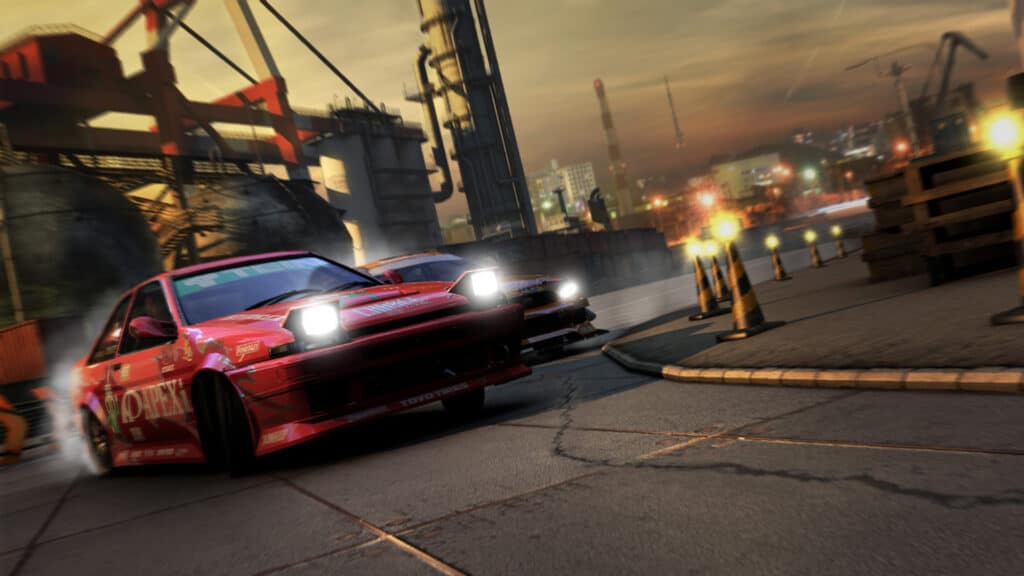
You can feel the warmth from the sun-baked tarmac and feel the ’80s-esque romance of bleached advertising hoardings emblazoned with real-world branding. Add a slight sepia filter and sun rays in the dusty air and everything looks like the hottest of summer evenings.
It trailblazed replay technology, too, utilising the then-new Flashback system to let you rewind time and resume play from a moment before disaster struck. But while this system has been seen in countless later games, the genre has inexplicably moved away from the original’s sublime time control that mapped playback speed to the full range of the analogue triggers.
Squeeze the tiniest amount possible and the game moves in extreme slow-motion. Sure, you can see the keyframes between damage animations, but it’s still amazing, as if Neo had gone racing in The Matrix.
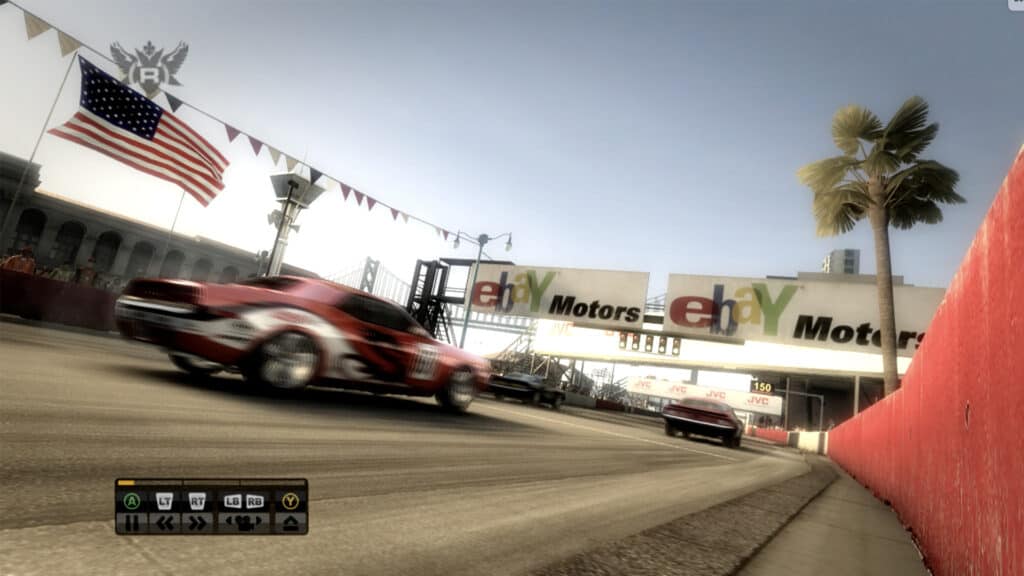
Speaking of the damage modelling, it’s still right up there as one of the finest examples in gaming. Impacts bend and break parts of your car and its suspension, causing you to fight against bent steering or suffer a misfiring engine all because you banged into the wall after the second chicane. And race-ending crashes truly look and feel terminal. Cars can roll and regularly do, resulting in – yet again – exciting races.
This is exacerbated by the AI drivers’ frequent mistakes and mishaps. Race them hard and they will inevitably slide off the track into one of the many piles of physics objects, sending individually-rendered tyres flying into the air as their car heaves skywards, crashing down in a flurry of sparks, debris and smoke.
It’s gleefully larger-than-life and, yep you guessed it, makes the game more exciting. Do you see the recurring theme here? By comparison, 2019’s GRID tidies them neatly away behind conveyor belt walls. FOR SHAME.
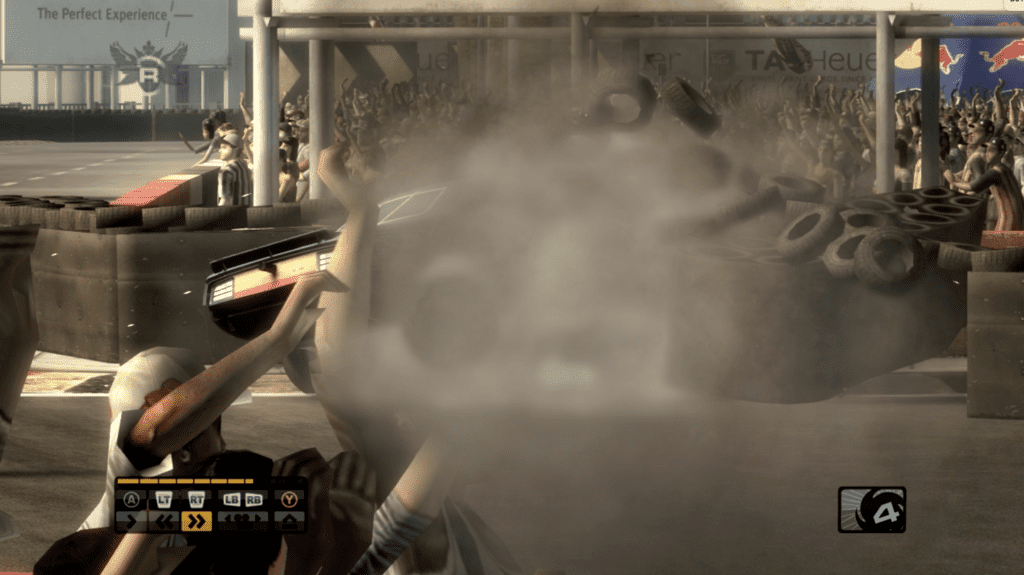
Then there’s the depth of the career mode, where you have sponsor objectives to fulfil and even an entire eBay Motors-branded second-hand market for the wealth of gorgeous, licensed cars. If you’re lucky enough to have your name on the list, you’re even greeted personally by the female voice in the menus. That’s superb. The amount of time it must take to contextualise every name on the list and program it all in must undoubtedly be a chore, but my goodness, it’s amazing when you hear it here.
Then there’s the cockpit camera, which makes all of the above feel even more immediate and spectacular. It’s difficult to perform well in cockpit cam and, unsurprisingly, Codies’ own stats told them 95 per cent of players used bonnet or chase cam. But – if I remember correctly from a press event some 9 years ago – it used 10 per cent of all the processing power just to have it included, which wasn’t justifiable for the sequel, so it was removed.
But that also removed the onboard shots from replays, making everything feel so much more detached. It was under-appreciated originally, certainly, but the compromise of removing it hurts the experience far more than the fact it was rarely used.
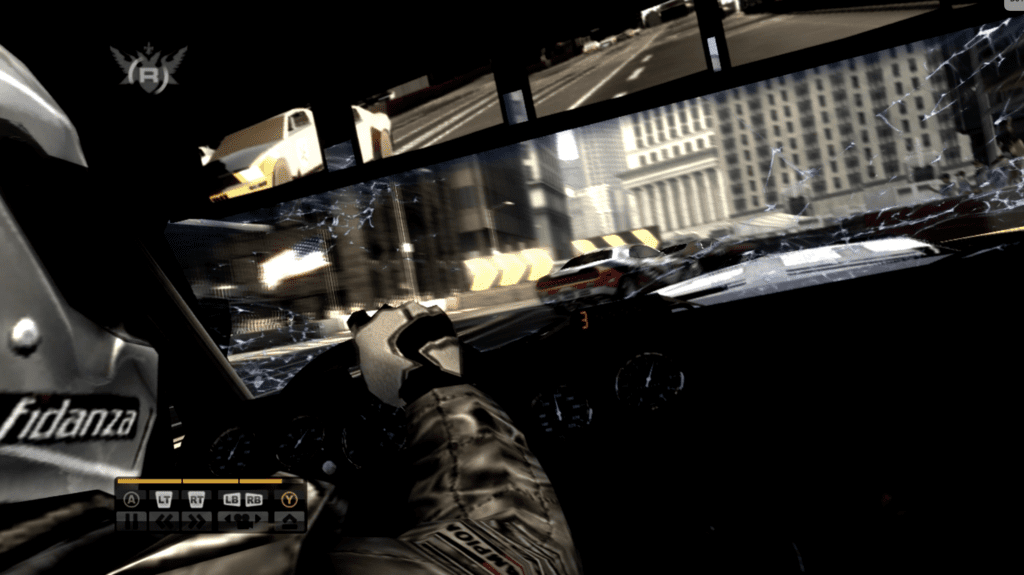
In fact, compromising existing mechanisms is the main problem the series has faced in the years since the original game. Devastating damage modelling isn’t signed off so easily anymore, so it was pared back. The career mode was toned down to make it simpler. The radio system was simplified and neutered, the AI was made more metronomic, the driving physics toned down so that it wasn’t so calamitous. The result is a series that is less impressive and less fun despite more than a decade of supposed progress.
One of the game’s devs told me, several years after it was released (and I apologise if you’ve heard this before), that when you hit the brakes in Race Driver: GRID, the car doesn’t slow down through any kind of mechanical simulation.
Want to know what’s actually slowing you? It’s wind. Pressing the brake button turns on a load of in-game wind pointed at the front of your car (and only your car), slowing it down. That’s what I was told, I swear. That’s why it doesn’t quite feel right and that’s why my one complaint about the game is that the handling quality is inconsistent across its disciplines. It doesn’t always feel quite right.
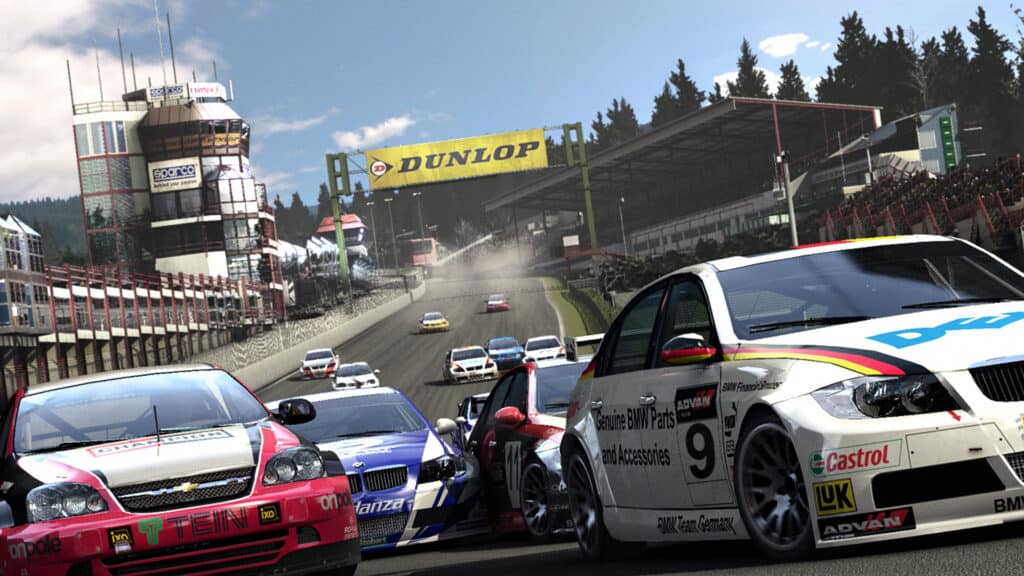
But even though this game is apparently held together with prayers and sellotape, it’s still never truly been bettered… unless you count its off-road sister title Colin McRae: DiRT 2, which is arguably an even slicker version of the same thing, just with added mud.
The only sad thing is that it’s getting increasingly hard to procure a working copy of Race Driver: GRID. It’s been removed from Steam, and EA so far hasn’t added it to its Origin store, most likely because A: it wants to sell more copies of 2018’s reboot, or B: because it would prefer everybody forgot how great this game is compared to modern fodder. We must never forget.
So you’re left with the choice of the excellent Xbox 360 version that isn’t backwards-compatible, the PS3 version which is pretty rough at this stage, or a second-hand physical copy that may or may not work on a Windows 10 PC. Some of its magic is still present in GRID Autosport, which has a great version on Switch right now, but even so, it is worth the hassle of tracking down the original, even if it does make you disappointed with every other racing game you play. I am.
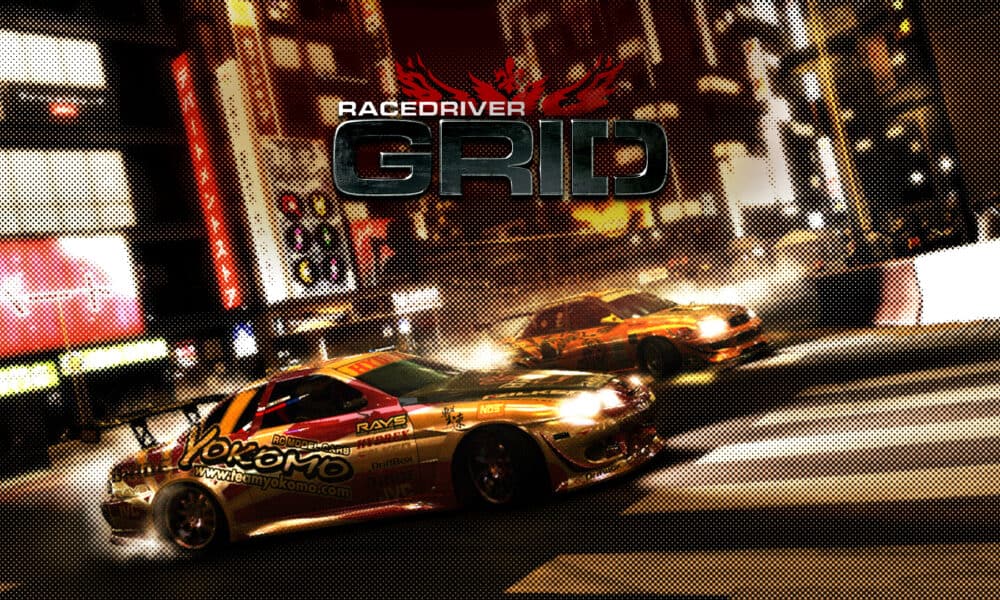
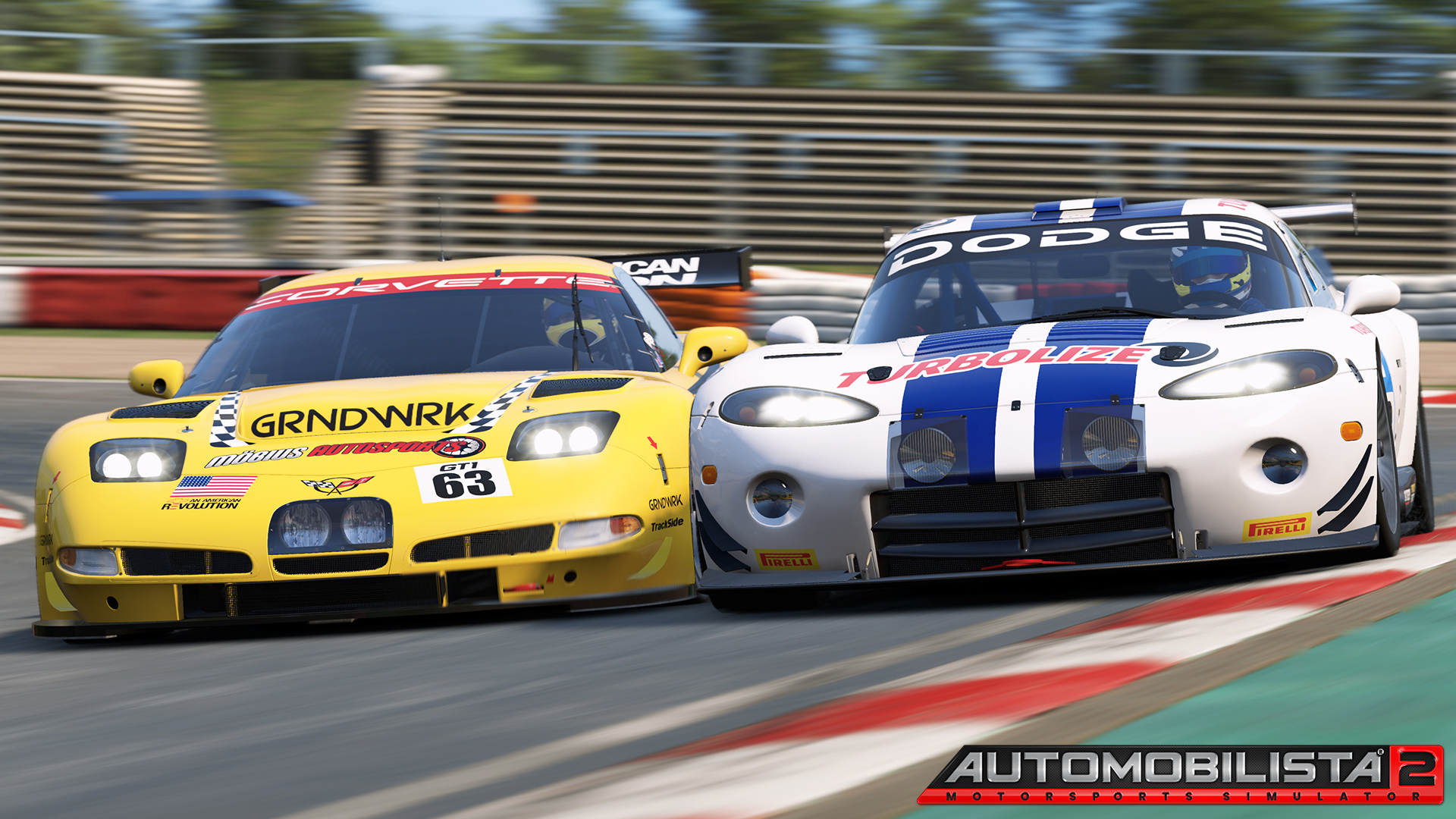
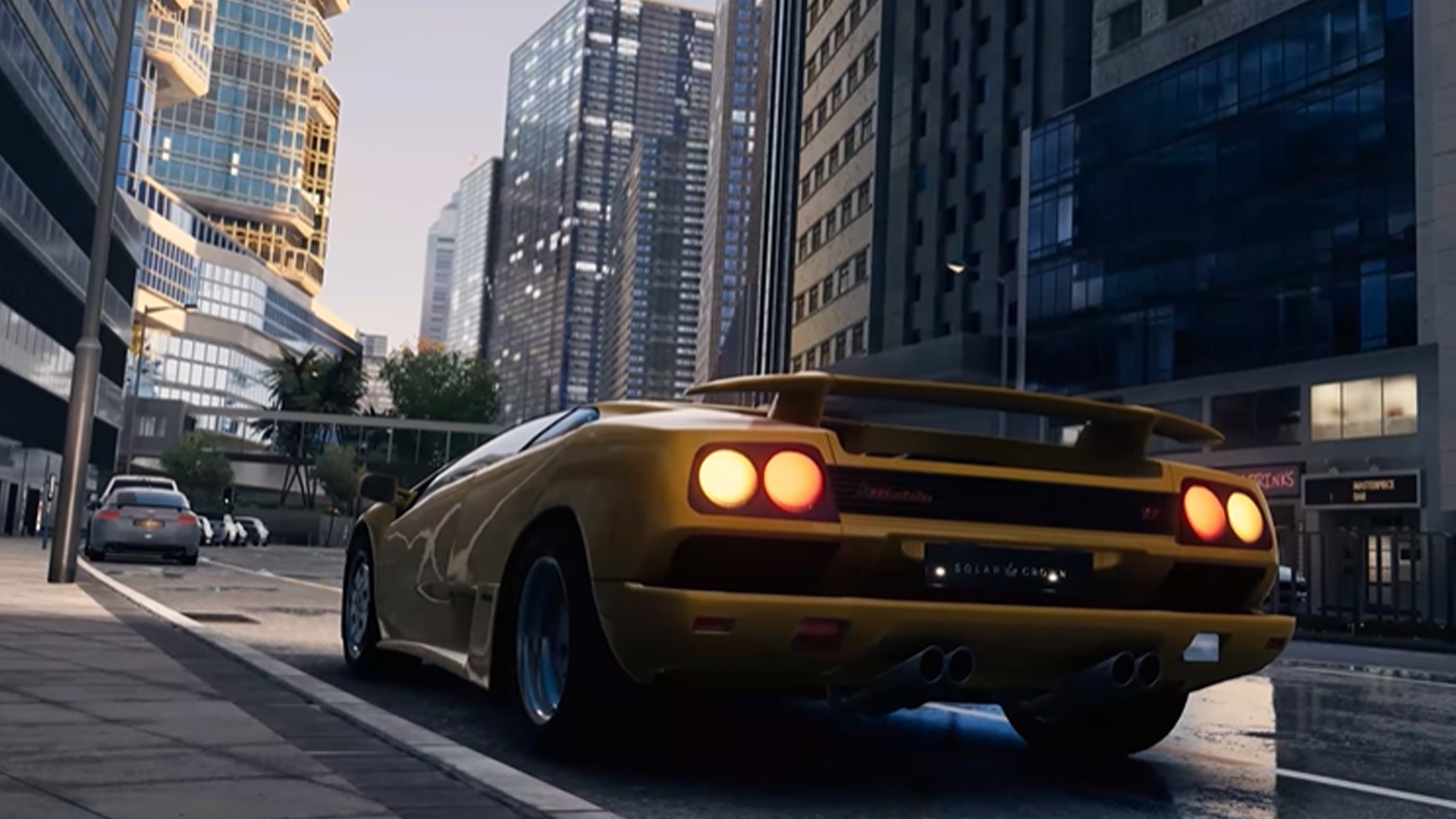
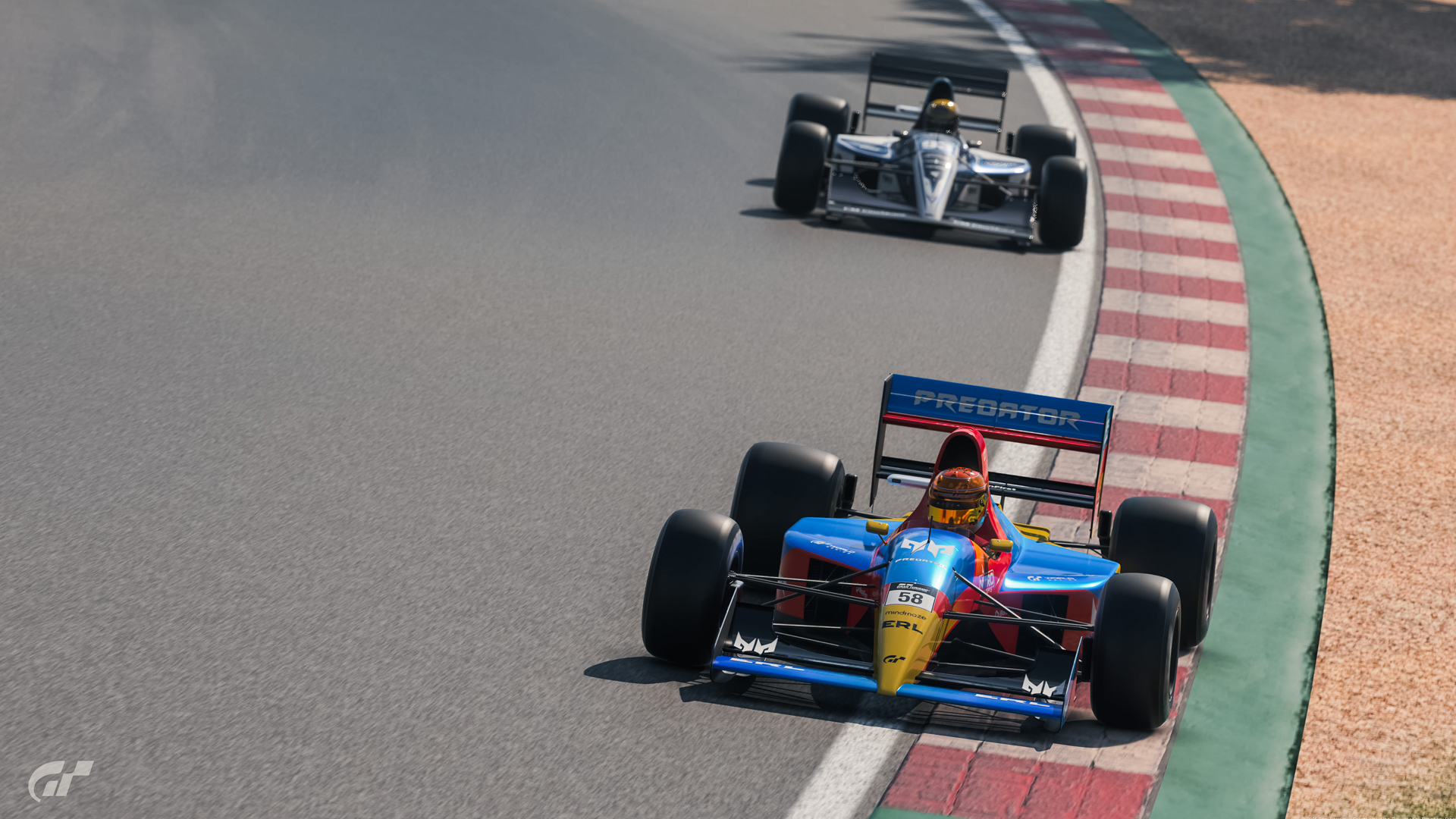
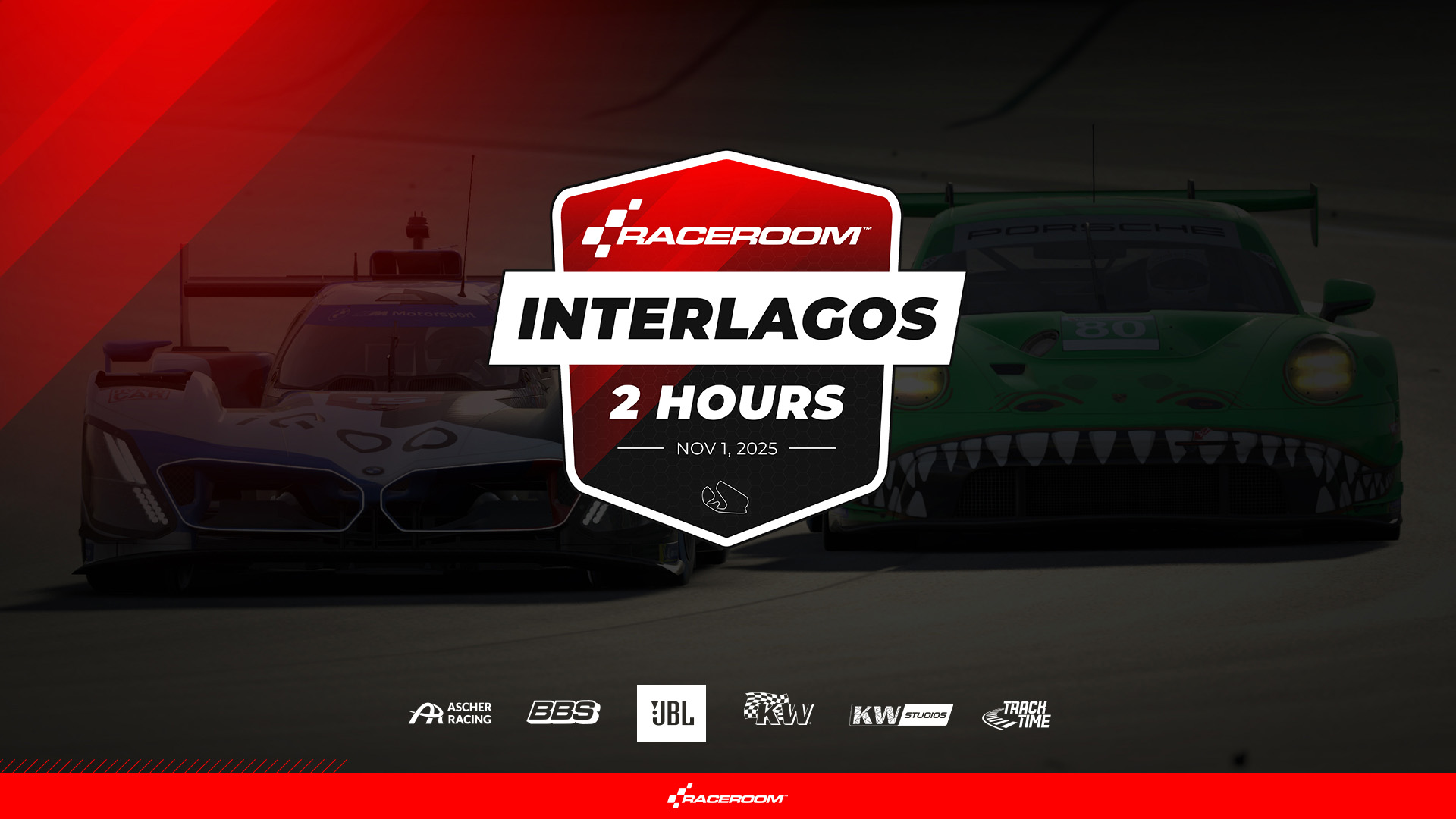
Chat with the Community
Sign Up To CommentIt's completely Free